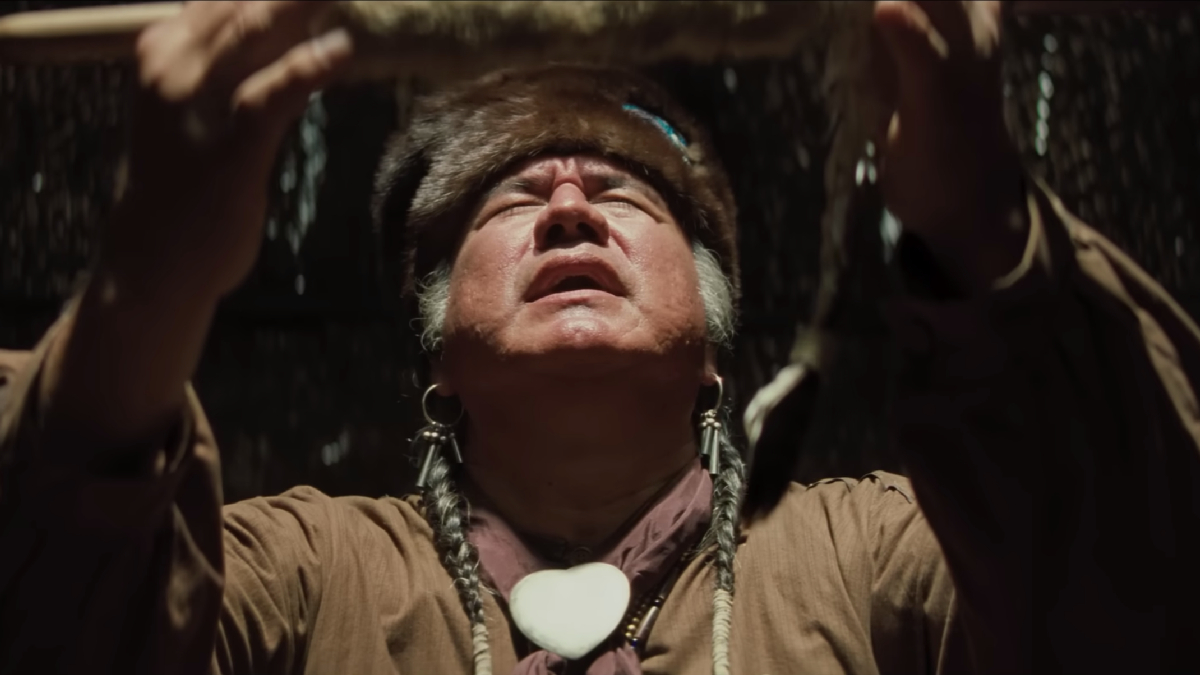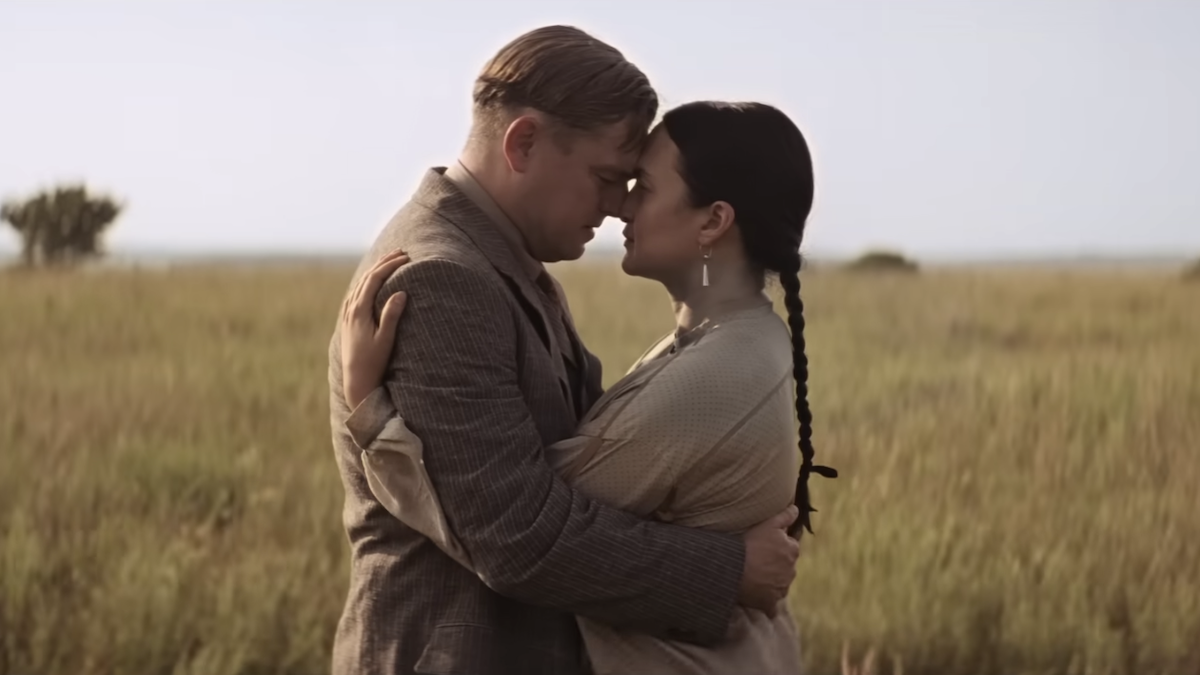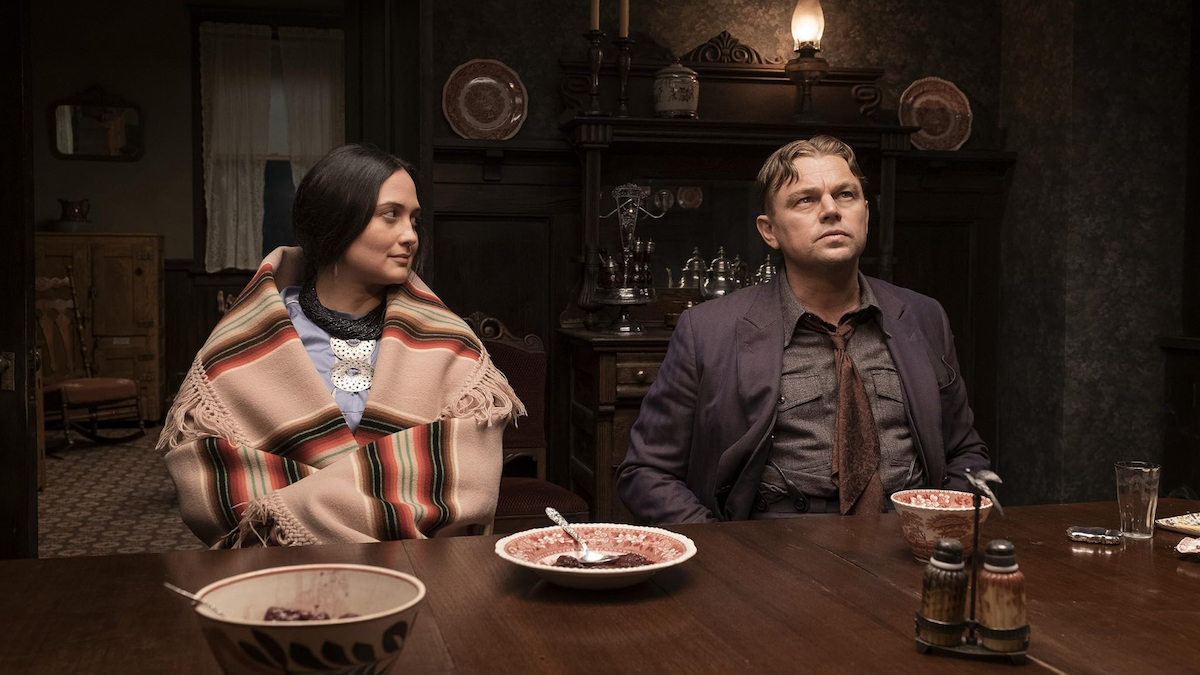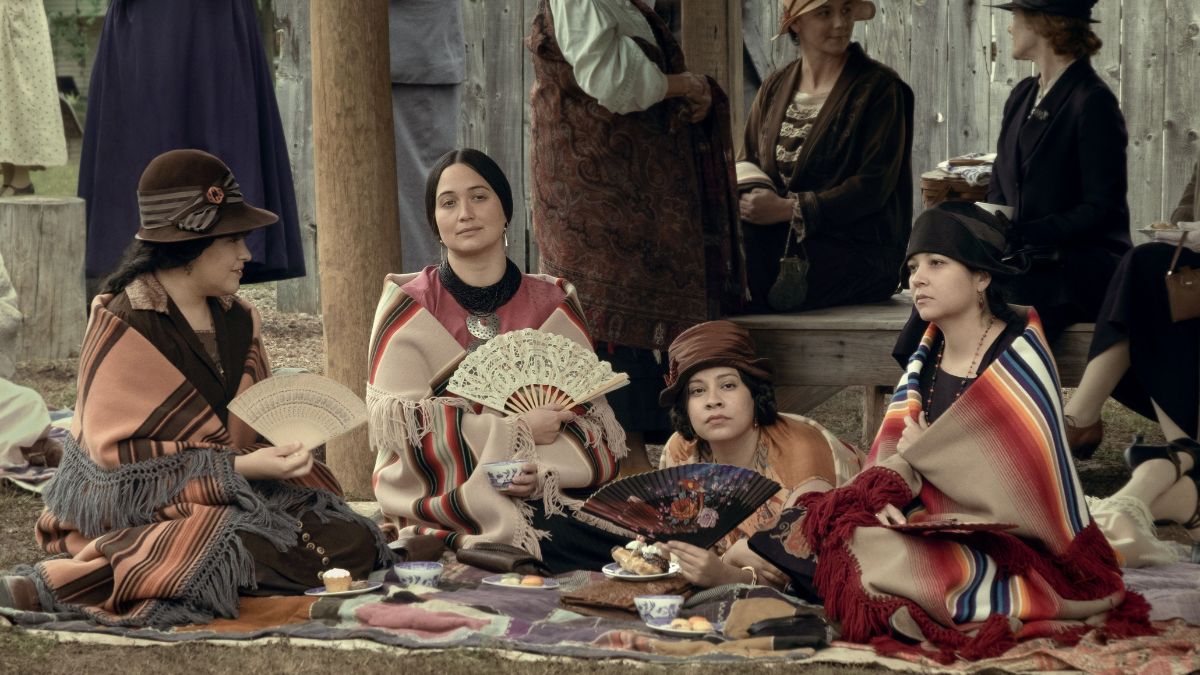Killers of the Flower Moon is the first on-screen depiction of the Reign of Terror, the name typically given to the murder of over sixty people in Osage Nation in Oklahoma between 1921 and 1926. Given the sensitive subject matter, Killers of the Flower Moon has been subject to controversy, notably having a white director, Martin Scorsese, bringing the story of the massacre to global audiences.
44 actors in the film’s cast were real Osage people, with a significant number also working behind the scenes as consultants to ensure historical accuracy and accurate cultural depictions. Osage people who worked on the production, many of whom are descendants of victims of the Reign of Terror, have recently spoken out about their experience working on Killers of the Flower Moon, as well as their thoughts on the film.
What have the Osage Nation said about Killers of the Flower Moon?

It should be stated first and foremost that there is no singular Osage thought or perspective, and that opinions regarding the depiction of the nation in Killers of the Flower Moon is down to the individual. However, there have been insights on a public platform from Osage people regarding the film that are worth listening to.
Speaking to The Hollywood Reporter at the premiere of the film was Christopher Cote, who worked as an Osage language consultant on the film. Cote offered constructive criticism over Scorsese’s perspective and the limitations of such storytelling, while also praising Scorsese’s direction.
“As an Osage, I really wanted this to be from the perspective of Mollie and what her family experienced, but I think it would take an Osage to do that,” Cote said. “Martin Scorsese, not being Osage, I think he did a great job representing our people.”
Cote, however, took issue with the more sympathetic depiction of Ernest Burkhart by Scorsese. “This history is being told almost from the perspective of Ernest Burkhart and they kind of give him this conscience and kind of depict that there’s love,” he said. “But when somebody conspires to murder your entire family, that’s not love.”

Addie Roanhorse, an assistant art director on the film, is the great-great-granddaughter of Henry Roan, a victim of the Osage Nation murders, portrayed in the film by William Belleau. Roanhorse stated that even though she was aware of the violence that the movie would portray, seeing the events unfold on screen took her aback, leaving her concerned about what seeing the depiction would mean for her people.
“It’s heavy. It’s like somebody hands you something heavy and walks off,” Roanhorse told TODAY. “Everybody’s standing there going, ‘What is this? What do we do with this?’”
Regarding Scorsese telling an Osage story, “I also knew that we would tell the story to people and they wouldn’t believe us,” Roanhorse said. “It took a Martin Scorsese to come along, that sort of powerhouse, to tell the story properly, and how he approached the community and how he worked with all of us, we just felt included.”
Brandy Lemon, an Osage Nation Congress member and a nurse by trade, was brought on by Scorsese as a liaison between the Osage and the production. Lemon noted that she was able to direct actors on details, such as how Lily Gladstone should hold her cup. “Small things like that — that’s how involved they were, and willing to immerse themselves in little things and big things we saw. They would take that in and absorb that,” Lemon said in an interview with TODAY.
On the influence of the Osage on the film, Lemon continued, “[The production[ listened, that was the biggest thing,” Lemon said. “They actually listened to us. We weren’t considered what people say ‘token Indians.’ They saw us as people.”

Osage consultants seem to be in general agreement that Martin Scorsese listened to their concerns on set regarding the depiction of their ancestors, and that they felt heard. Comments from consultants also referenced the limitations of a white director in such storytelling, but generally noted that this is a problem with the film industry at large.
As more people see the movie in theaters, there will likely be a greater range of perspectives by the Osage on Killers of the Flower Moon’s successes and failures. It is possible that less favorable perspectives will be shared in the next few weeks, as those who did not work on the production get to view the film and offer their own opinion on the depiction.











Published: Oct 23, 2023 07:51 pm